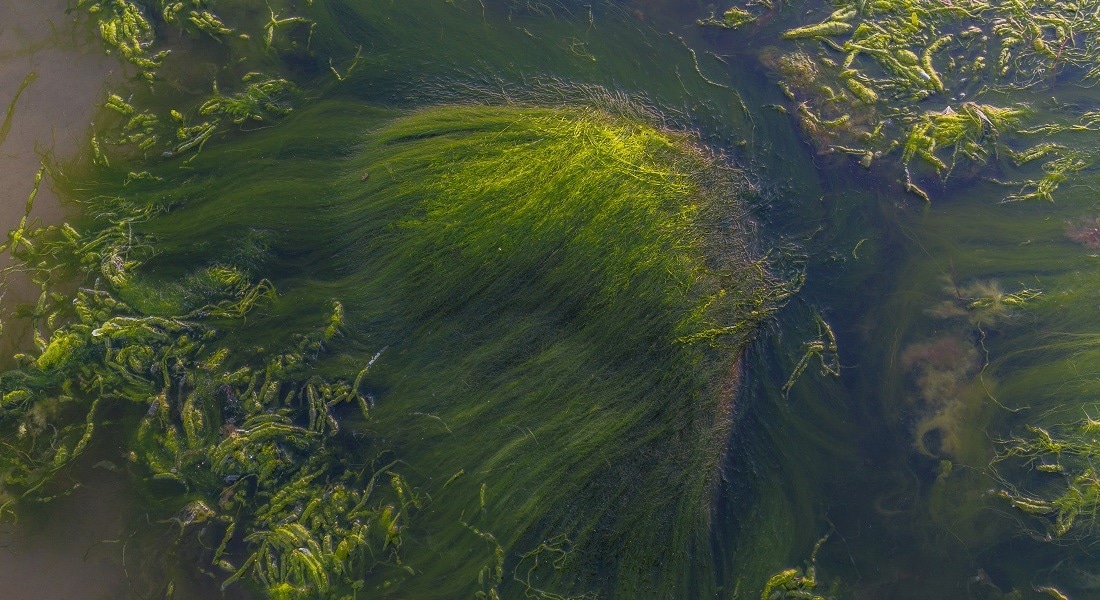Reviewed by Danielle Ellis, B.Sc.Jun 19 2023
It is vital to determine how much gas is released into the atmosphere by plants, soil, fungi, and bacteria. The gases they emit have an impact on the planet’s climate, yet very little is known about them. The University of Copenhagen will open the world’s first research center focusing on this field on June 19th, 2023.

Image Credit: Getty Images.
The gases are always around us. Though it cannot be seen or felt, humans may frequently detect their smell. Almost everything around emits volatile gases into the atmosphere, both human-made and natural: cosmetics, furniture, plants, fungi, bacteria, and even human bodies. These chemical compounds, which evaporate quickly and mix with other things in the air, are known as volatile organic compounds (VOCs).
All organisms in nature produce VOCs and use them to communicate with one another and protect themselves from attackers through scent and chemistry. Leaf-eating insects, for instance, cause plants to produce VOCs that ultimately repel the same insects.
Flowers, on the other hand, make themselves extremely attractive to attract honeybees and assure their own pollination. With the help of VOC emissions, organisms may “talk” to each other across ecosystems.
However, VOC emissions emitted by ecosystems have an impact on global climate. They contribute to the formation of additional greenhouse gases in the atmosphere, among other things. However, how much is emitted is still a mystery. Investigators from the University of Copenhagen have now devoted the next few years to discovering the same.
They’re a bit of a joker in the climate equation. Because we still know very little about the quantities of gases emitted. This is knowledge we’d like to have. When we get the numbers right, they can be included in the broader climate equation and provide us with more accurate climate models.”
Riikka Rinnan, Professor and Head, VOLT–Center for Volatile Interactions, Department of Biology, University of Copenhagen
Professor Rinnan and three other Department of Biology researchers were awarded DKK 60 million (EUR 8 million) in funding from the Danish National Research Foundation to administer the center for the next six years. The center’s formal opening ceremony will take place on June 19th, 2023.
Not as Simple as Greenhouse Gases
VOCs can be found in thousands of different chemical compounds. For instance, in compounds such as isoprene and methanol. Although scientists know quite a lot about how greenhouse gases like CO2 and methane affect the climate, the influence of VOCs is both more unknown and more complicated.
They are known, however, to increase the lifetime of methane in the atmosphere. VOCs, on the other hand, can produce tiny airborne aerosol particles that reflect solar radiation and therefore cool the climate. As a result, their overall climate impact is unknown.
While the effect of greenhouse gases in the atmosphere is quite simple, understanding the effect of VOCs is more difficult because their effects on the climate vary and go both ways. Furthermore, VOCs react differently in the atmosphere depending on what else is in the air. Therefore, the effects are quite local and vary from place to place, which adds to the complexity.”
Riikka Rinnan, Professor and Head, VOLT–Center for Volatile Interactions, Department of Biology, University of Copenhagen
Organisms Both Emit and Consume VOCs
The VOLT center’s goal is to develop a thorough understanding of how complex interactions between organisms, their environments, and the atmosphere operate. This entails comprehending all of the biological processes in nature that include VOCs, right down to how each variety of moss, fungus, or plankton emits and consumes gases.
Previously, we discovered that microorganisms both produce VOC gases and 'devour' them as an energy source. For example, while a plant may produce 100 units of VOCs, microorganisms on its leaves may consume 20 units, so that only 80 are emitted. Indeed, opposing processes are always underway, and we have a poor understanding of them today.”
Riikka Rinnan, Professor and Head, VOLT–Center for Volatile Interactions, Department of Biology, University of Copenhagen
Riikka Rinnan adds, “So, it is important to find out both how much gas the organisms produce, as well as how much they absorb in order to gain a more accurate picture of the amount and composition that escapes from ecosystems and into the atmosphere.”
The researchers hope to get a broad understanding of the interactions between various organisms and VOC emissions. Because earlier studies have concentrated on plant gases, scientists at the new center will shift their focus to other organisms.
“Now we need to look at all of the organisms that were left out of previous research. This includes soil—with its community of bacteria and fungi—plants such as mosses and aquatic organisms like plankton. But we need to make some very difficult measurements, as the VOCs are reactive, and their concentrations are generally very low.”
The center’s initial research will focus on VOC gases in plankton, soil, and moss.